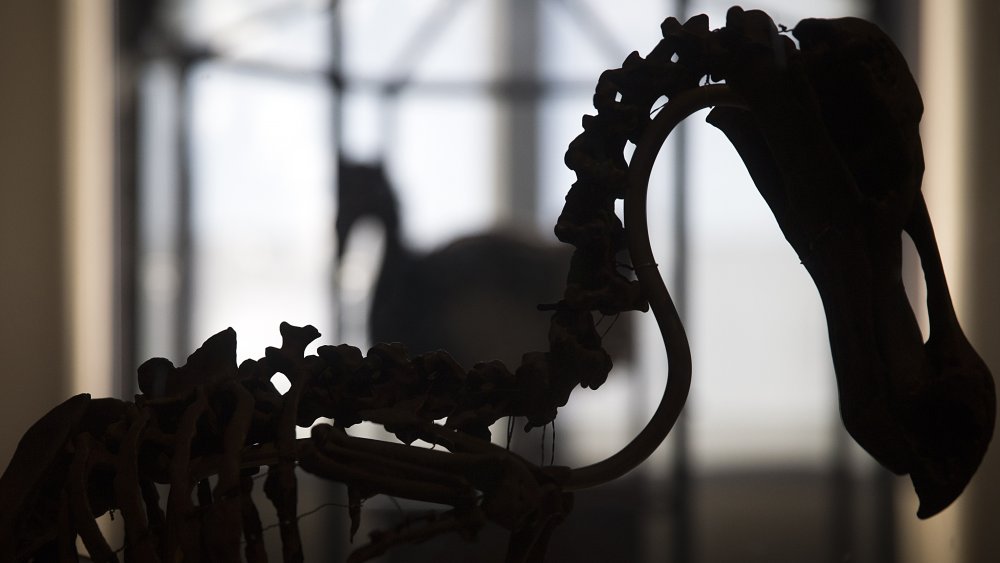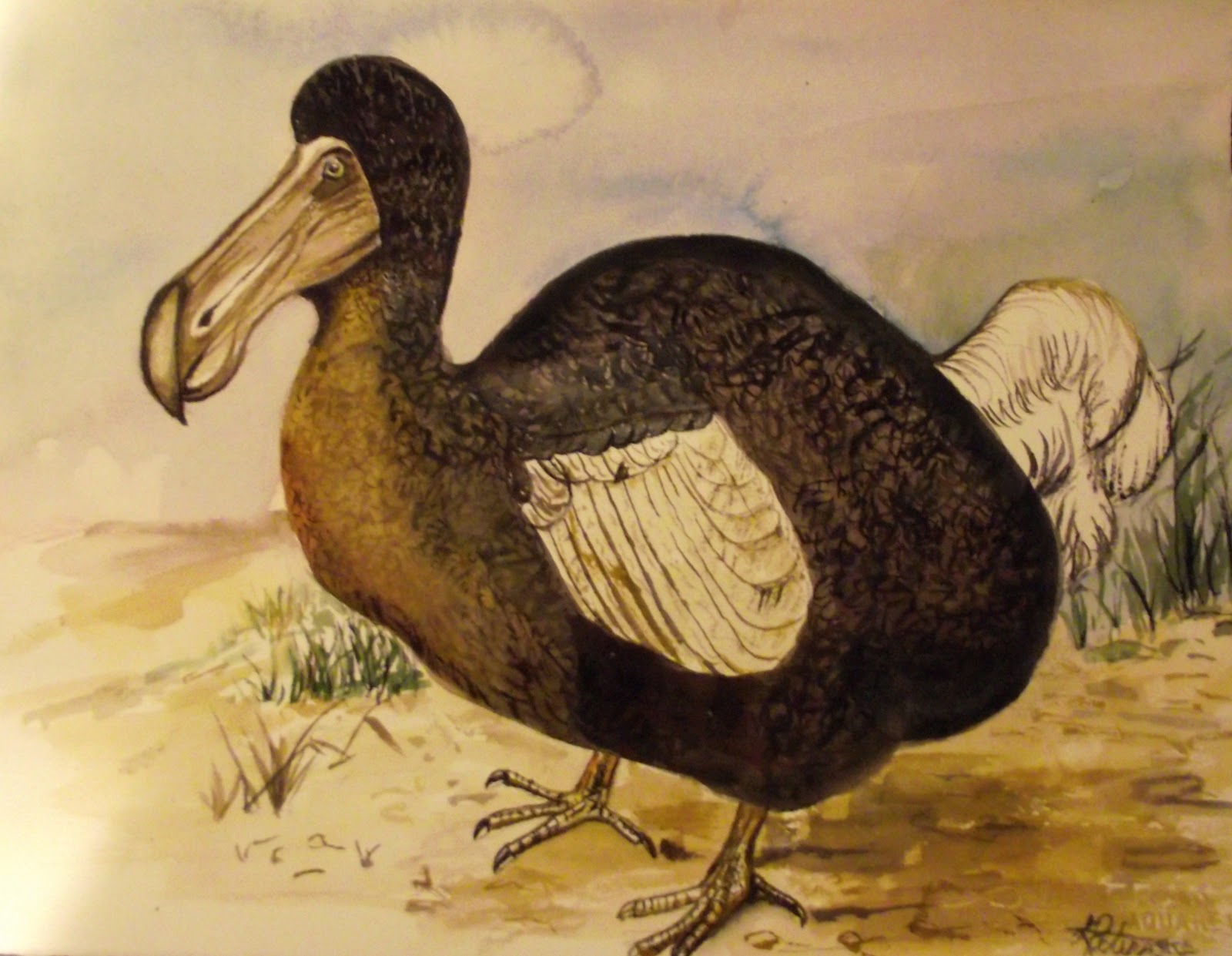
This view is taken from the rear of the first chamber of the cave (where the fossils were found), in the direction of the second chamber.Ĭredit: Callao Cave Archaeology Project. Certain aspects of the skull also revealed how it might be related to other species.Ĭallao Cave (Luzon Island, The Philippines), where the fossils of Homo luzonensis were discovered. The features of the skull were cataloged so it could be compared with all other known hominin species from eastern and southern Africa.

The researchers found themselves looking at a face they had never seen before. This challenges the idea that human ancestors evolved in a linear fashion. But the skull discovery reveals that the two species likely overlapped and co-existed for at least 100,000 years. Previously, researchers believed that anamensis, which was only previously known from isolated bone fragments, died off and gave rise to afarensis. We’re eager to conduct more work in these deposits to understand the environment of the MRD specimen, the relationship to climate change and how it affected human evolution, if at all,” said Naomi Levin, a co-author on the study from the University of Michigan. “MRD lived near a large lake in a region that was dry. The larger area away from the river was open shrub land. It was likely living along the river, which was surrounded by trees. The anamensis skull, which likely belonged to a male, was transported a short distance down a river after death and buried by sediment in a delta, according to Beverly Saylor, study author and professor of stratigraphy and sedimentology at Case Western Reserve University. How did Lucy, our early human ancestor, die 3 million years ago? (Photo by Dave Einsel/Getty Images) Dave Einsel/Getty Images The exhibition is the first for the fossil outside of Ethiopia and has generated criticism among the museum community and others that believe the fossil is too fragile to be moved from it's home country. HOUSTON - AUGUST 28: A sculptor's rendering of the hominid Australopithecus afarensis is displayed as part of an exhibition that includes the 3.2 million year old fossilized remains of "Lucy", the most complete example of the species, at the Houston Museum of Natural Science, Augin Houston, Texas. This is one of the most significant specimens we’ve found so far from the site.”

“It was a eureka moment and a dream come true.

“I couldn’t believe my eyes when I spotted the rest of the cranium,” said Yohannes Haile-Selassie, study author and curator of physical anthropology at the Cleveland Museum of Natural History. They searched the area for more pieces over 16 hours and recovered the rest of the skull.Ī detailed analysis of the skull and where it was found was published Wednesday in the journal Nature. On February 16, 2016, the upper jaw was discovered. Researchers have been working on the Woranso-Mille Paleoanthropological Research Project study in the Afar Regional State of Ethiopia for 15 years. This is the first time a skull belonging to Australopithecus anamensis has been found and the discovery sheds light on the evolutionary history of early human ancestors. A “remarkably complete” skull belonging to an early human ancestor that lived 3.8 million years ago has been discovered in Ethiopia.


 0 kommentar(er)
0 kommentar(er)
